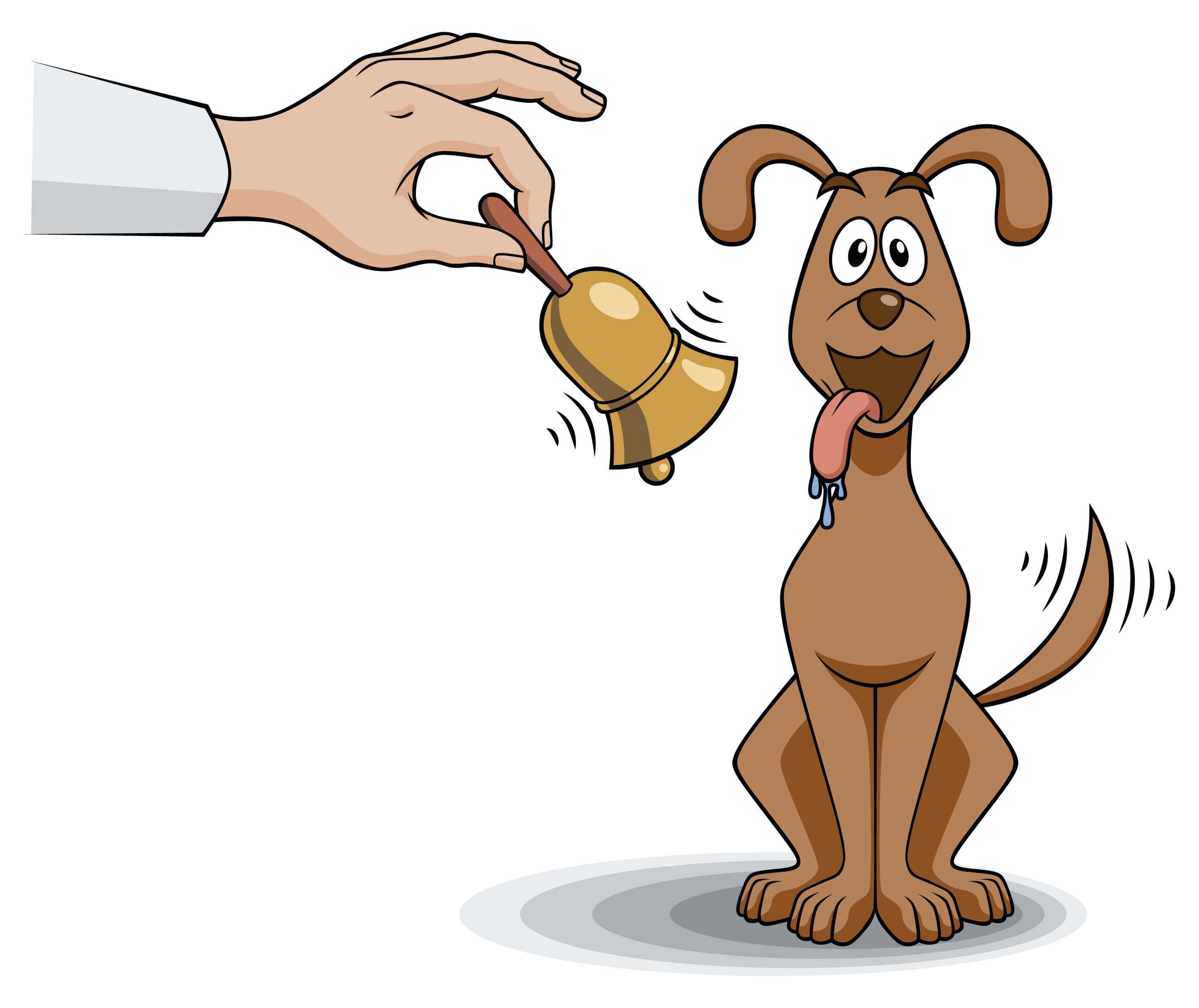Ivan Pavlov and the Theory of Classical Conditioning

Ivan Pavlov‘s experiments with dogs are very well-known in the history of psychology. People built a psychological learning theory from his small accidental discovery. Pavlov’s studies have helped us understand associative learning through classical conditioning.
Classical conditioning consists of associating an initially neutral stimulus with a meaningful stimulus. Thus, when the neutral stimulus is present in the absence of the other stimuli, we’ll get a similar response to the one we would get if we were to introduce the significant stimulus. This ability to associate stimuli, however different they may be, helps us in many daily situations.
In order to understand classical conditioning, we’re going to discuss two aspects. Firstly, we’ll talk about Pavlov’s experiment and his research. Secondly, we’ll talk about the components that make up this type of conditioning.
Pavlov’s experiment
Ivan Pavlov, a Russian physiologist, was carrying out research regarding how dogs salivated in the presence of food. One day, while working on this experiment, he noticed that the dogs began to salivate before he had even brought the food out. Simply subjecting the dogs to the conditions of the experiment was enough to provoke this reaction in them.
Pavlov concluded that his dogs had somehow associated the experiment with the imminent introduction of food. In order to unravel the mysteries of these new findings, Pavlov began to design a series of experiments. His goal was to test his hypothesis that when we present two stimuli contingently, an association can take place.

The experiment that demonstrated the existence of classical conditioning was the association of a bell sound with food. Pavlov placed salivation meters on several dogs. During the experiment, Pavlov rang a bell and then gave the dogs food. And obviously, after giving them food, the meters indicated salivation.
After introducing these two stimuli (the bell and the food) several times, Pavlov managed to get the dogs to associate them. The proof of this was that the sound of the bell alone made the dogs salivate. However, we should note that they salivated more when he brought the food out.
This experiment showed that an initially neutral stimulus can provoke a totally new response through its association with a significant stimulus.
The components of classical conditioning
We can divide classical conditioning into four main components. These components are the unconditioned and conditioned stimuli and the unconditioned and conditioned response. If we understand the relationships between these components, we’ll be able to understand classical conditioning better.
We’re now going to briefly explain each of these components and the relationship between them:
- Unconditioned stimulus: This is the stimulus that is already significant and meaningful enough for the subject. By this, we mean that it’s a stimulus that’s capable of provoking a response on its own. In Pavlov’s experiment, the unconditioned stimulus was the food.
- Unconditioned response: This is the subject’s response in the presence of the unconditioned stimulus. In the case of the aforementioned experiment, the unconditioned response was the salivation when the dogs saw the food.
- Conditioned stimulus: This is the initially neutral stimulus which doesn’t generate any significant response in the subject on its own. However, through association with the unconditioned stimulus, it’s capable of provoking a new response. In the case of Pavlov’s experiment, this stimulus was the sound of the bell.
- Conditioned response: This is the response after introducing the conditioned stimulus. In the case of this experiment, it was the dogs salivating when they heard the sound of the bell.

Human learning
Classical conditioning consists of the interaction of these components. Presenting a neutral stimulus along with an unconditioned stimulus on many occasions will transform the neutral stimulus into a conditioned stimulus. For this reason, the conditioned stimulus will give a conditioned response similar to the unconditioned response. In this way, a new learning process emerged in response to the association of two different stimuli.
All the research that has emerged from classical conditioning has helped us understand many aspects of human learning. Thanks to this, we can anticipate phobias and also link emotions to new stimuli.
Pavlov lit the spark that enabled us to understand a lot of what we now know today about learning and conditioning.
This text is provided for informational purposes only and does not replace consultation with a professional. If in doubt, consult your specialist.








